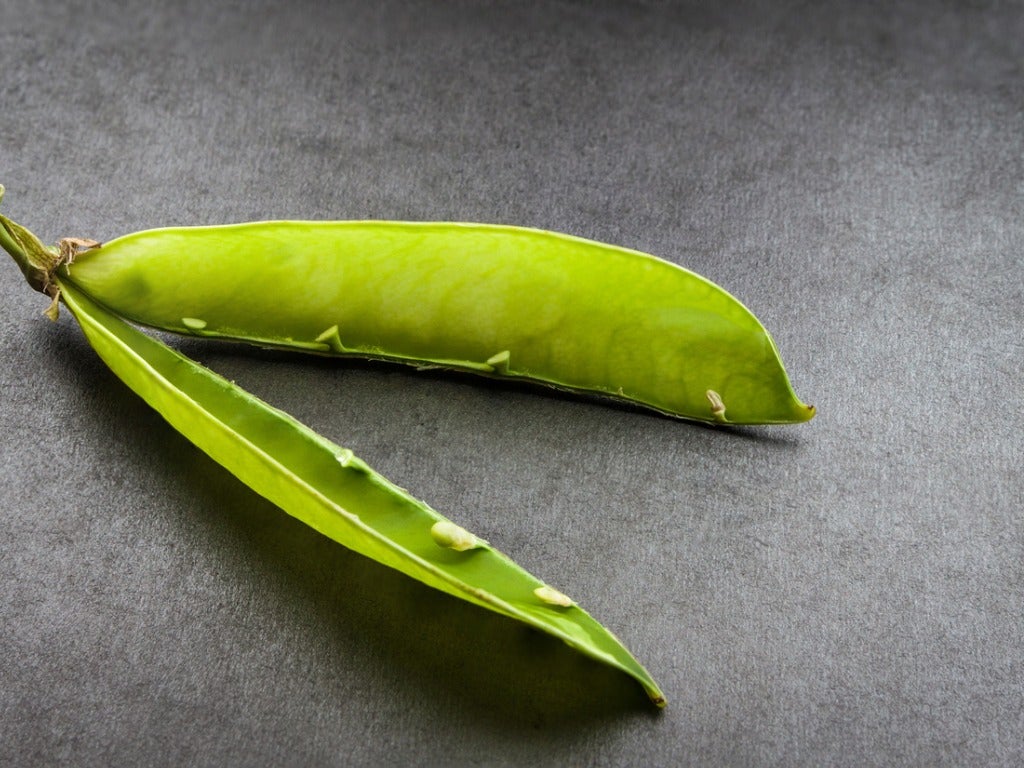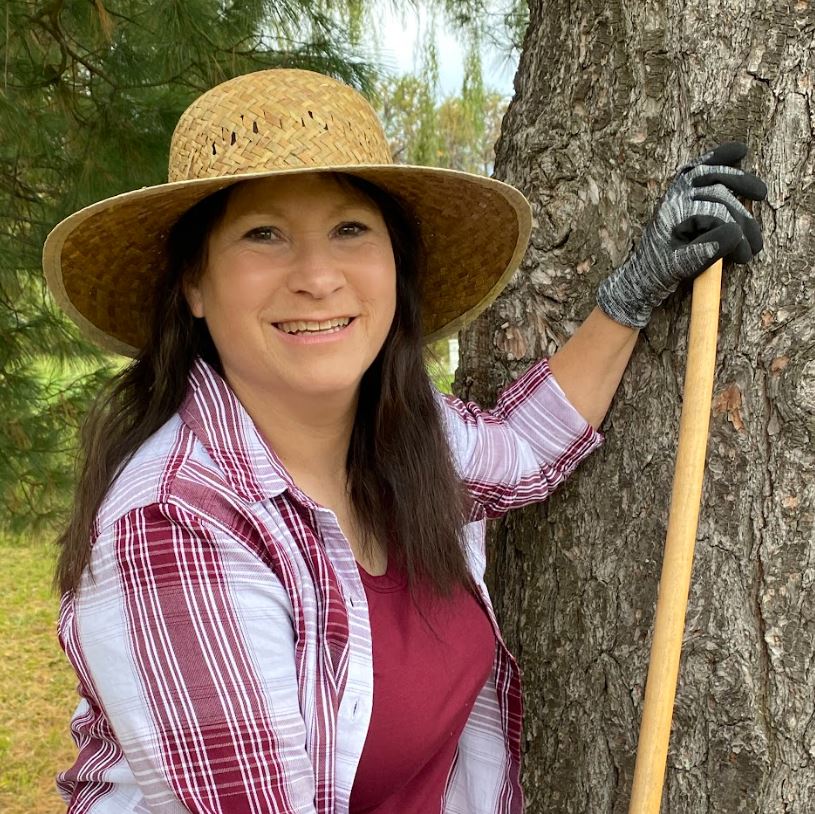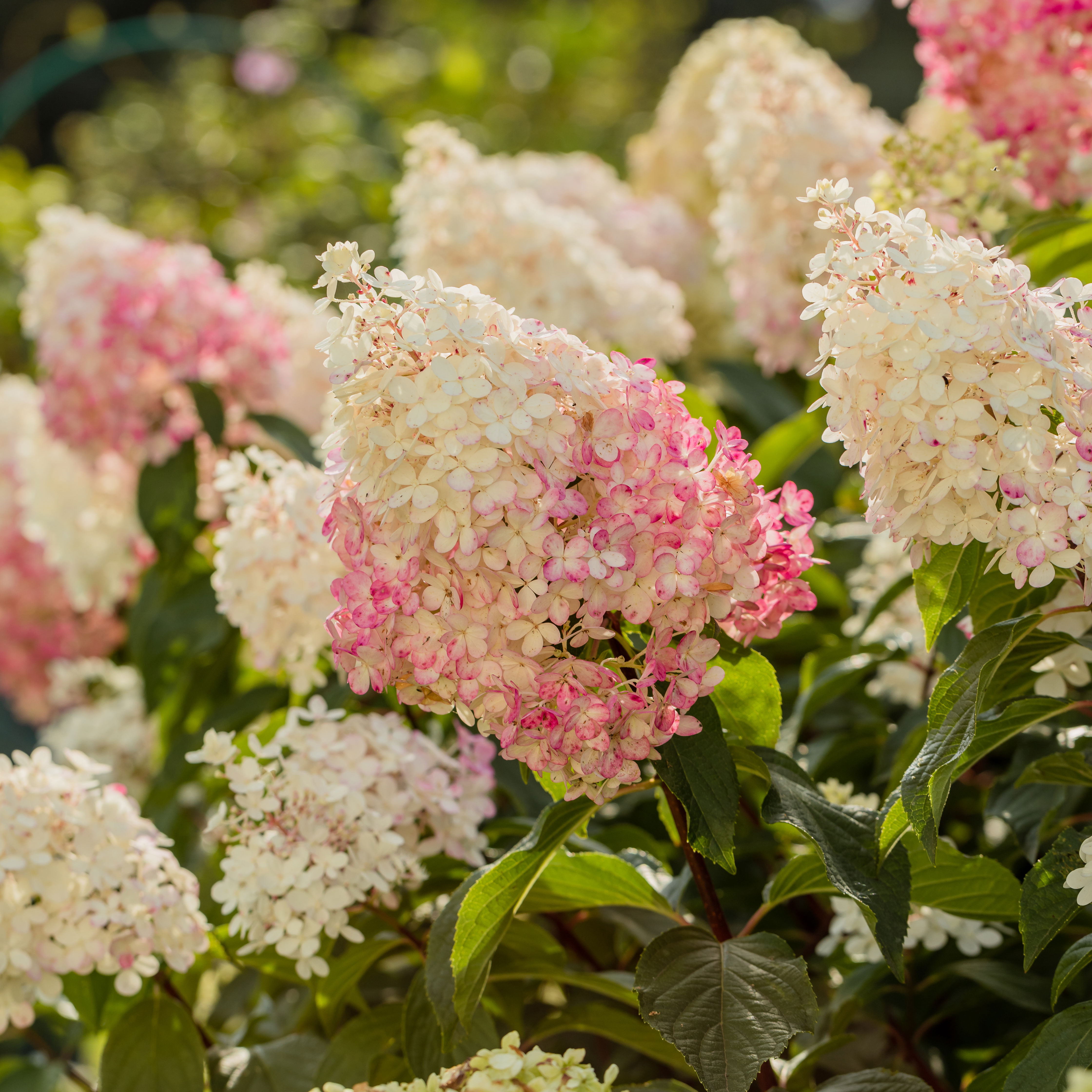Help, My Pods Are Empty: Reasons Plants With Pods Won’t Produce


Your legume plants look great. They bloomed and grew pods. Yet, when harvest time rolls around, you find the pods are empty. What causes a legume to grow well, but produce a pod without peas or beans?
Solving the Mystery of Empty Pods
When gardeners find no seeds in pod varieties of vegetables, it's easy to blame the problem on a lack of pollinators. After all, pesticide use and diseases have reduced honeybee populations among producers in recent years.
A lack of pollinators does reduce yields in many types of crops, but most pea and bean varieties are self-pollinating. Often, this process occurs before the flower opens. Additionally, lack of pollination in pod-forming plants usually causes flower drop with no pod formation, not empty pods. So, let's consider some other reasons why your pods won't produce:
- Lack of maturity. The time it takes for seeds to mature depends upon the type of pod-producing plant you're growing. Check the seed packet for the average days to maturity and be sure to give your pod-forming plants extra time to account for differences in weather.
- Non-seed forming variety. Unlike English peas, snow peas and snap peas have edible pods with later-maturing seeds. If you're pea plants are producing a pod without peas, you may have inadvertently purchased the wrong variety or received a seed packet which was mislabeled.
- Nutrient deficiency. Poor seed set and empty pods can be a symptom of nutritional deficiency. Low levels of soil calcium or phosphate are known causes when field bean pods won't produce seeds. To correct this problem in the home garden, have soil tested and amend as needed.
- Nitrogen surplus. Most garden pod-producing plants are legumes, like peas and beans. Legumes have nitrogen-fixing nodes on their roots and seldom need high nitrogen fertilizer. Too much nitrogen promotes leafy growth and can inhibit seed production. If bean and peas need nutritional supplementation, use a balanced fertilizer like 10-10-10.
- Fertilizing at the wrong time. Follow species specific guidelines for applying fertilizer. Supplementing at the wrong time or with the wrong fertilizer can encourage plant growth instead of seed production.
- High temperatures. One of the most common reasons for no seeds in pod-forming plants is due to the weather. Daytime temperatures over 85 degrees F. (29 C.), coupled with warm nights, can affect blossom development and self-pollination. The result is few seeds or empty pods.
- Moisture stress. It's not uncommon for fruit and garden vegetables to plump up after a good summer rain. Peas and beans generally put rapid growth into seed production when moisture levels in the soil are constant. Dry spells can postpone seed production. Drought conditions can result in pods without peas or beans. To correct this issue, apply supplemental water to beans and peas when rain falls short of 1 inch (2.5 cm.) per week.
- F2 generation seed. Saving seeds is one method gardeners use to cut the cost of gardening. Unfortunately, seeds saved from F1 generation hybrids don't produce true to type. F2 generation hybrids can have different characteristics, such as producing few or no seeds in pod-forming plants.
Gardening tips, videos, info and more delivered right to your inbox!
Sign up for the Gardening Know How newsletter today and receive a free copy of our e-book "How to Grow Delicious Tomatoes".

Laura Miller has been gardening all her life. Holding a degree in Biology, Nutrition, and Agriculture, Laura's area of expertise is vegetables, herbs, and all things edible. She lives in Ohio.
-
 8 Perfect Flowers To Plant With Tomatoes To Boost Yields & Banish Pests
8 Perfect Flowers To Plant With Tomatoes To Boost Yields & Banish PestsDon’t forget flowers when choosing companion plants for your tomato beds or pots. These pretty, fragrant blooms add beauty but are also highly beneficial.
By Mary Ellen Ellis
-
 Want The Longest Lasting Hydrangea Flowers? Grow These 8 Panicle Hydrangea Varieties
Want The Longest Lasting Hydrangea Flowers? Grow These 8 Panicle Hydrangea VarietiesFor ornamental shrubs that deliver the longest flowering seasons with plush blooms and delicate hues, these panicle hydrangea varieties are essential in your yard
By Tonya Barnett